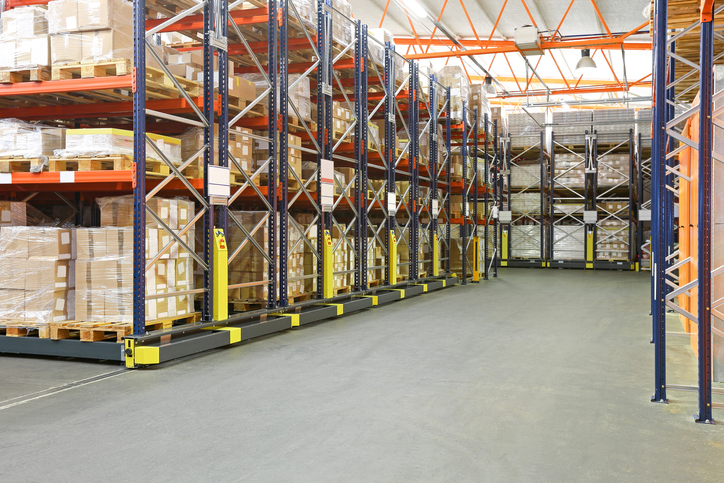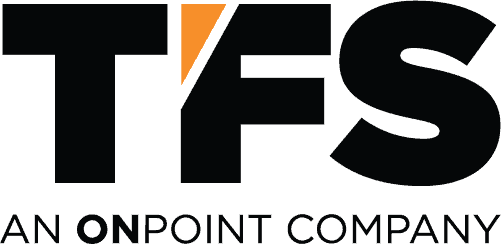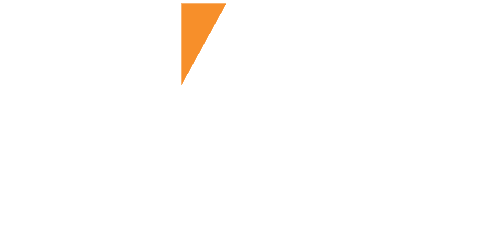 If you work in material handling, you may feel like you’ve been staggering around a boxing ring the past few years. Every time you’ve found your feet, you’ve gotten knocked down again by the one-two punch of pandemic and supply chain shortages. Together, these crises accelerated issues that many industries were struggling with even when times were relatively good: labor shortages and the “Amazon effect.”
If you work in material handling, you may feel like you’ve been staggering around a boxing ring the past few years. Every time you’ve found your feet, you’ve gotten knocked down again by the one-two punch of pandemic and supply chain shortages. Together, these crises accelerated issues that many industries were struggling with even when times were relatively good: labor shortages and the “Amazon effect.”
While a few lucky companies haven’t been affected by labor shortages, most have been hit hard. Skilled labor has become more difficult to find and the “Great Resignation” means that employees are job-hopping to make a dollar or two more an hour. In the past, many companies have ramped up material handling by hiring more people—and, increasingly, that’s not an option.
Layered on top of that is the “Amazon effect,” also known as the pressure to keep up with an industry Goliath, but with fewer resources and a smaller budget. That means there’s increasing pressure for “fewer touches,” because every time an employee touches a product, that raises the cost and reduces the value. Not to mention, it’s just plain inefficient.
If you’re struggling to increase uptime and efficiency with a smaller pool of people, it’s time to take a look at racking and automation solutions. This usually means working with a vendor to create a proposal. The best vendors approach racking and automation with a collaborative approach that takes a number of factors into consideration.
With that in mind, here are seven questions that should be discussed to ensure you get the most bang for your buck:
1. Does your solution go beyond preconceived notions? Be wary if a vendor offers you only the option you asked for. This sounds counter-intuitive but bear with us. At TFS, we often get an initial call because someone has a solution in mind. Sometimes, that self-assessment is correct, but more often, the facility would benefit from another approach, like different equipment or a new conveyor. In our opinion, your vendor should present a holistic proposal that falls within your budget and has considered different process improvements, storage solutions, and conveyance methodologies. After all, they’re the experts.
2. Is your solution built on discussion and data? There’s no one-size-fits-all formula, so it’s important to use data and observation to come up with the solution for each facility. Any vendor should observe your facility in action and use a systemic, collaborative approach that considers your input. A true partner will also ask where you want to be in five years. The volatility or stability of your general industry should also factor into the final plan. For example, the grocery business tends to be more stable and predictable than the petroleum industry.
3. What are your goals for the project? Most companies have the types of goals you’d expect: saving space, reducing labor, improving throughput, increasing or decreasing inventory levels and/or accuracy, improving service levels. However, it’s not unusual for businesses to feel pulled into different directions and be unsure about priorities. That’s where an experienced vendor can add value by jumping in and pointing out opportunities and room for improvement.
4. Are you facing any labor issues? If you are, it’s time to think about automation. Many people believe automation is meant to replace employees, but it’s really about making jobs easier, faster, and more efficient. Automation can ease that skilled labor dearth by using systems-driven processes to guide employees. This makes the new employee ramp-up process faster and improves efficiency, which reduces touches, as well as returns.
5. How will you justify your ROI? Sadly, there’s no easy answer here because there are truly a hundred ways to justify ROI. It can also be a little more challenging right now because supply chain issues have made everything much more expensive. Determining your goals is the first step, but your vendor should consider your inventory, racking, and space, among other factors. They should also help you figure out how and where you’re losing money and make the appropriate suggestions to recoup your costs. ROI is another reason that it’s important to see a proposal that has gone beyond your preconceived ideas of the initial solution.
6. Could your facility be configured more efficiently? In our experience, even companies that have access to inexpensive land have been focusing on reducing their footprints. Racking is an important part of that and we’re seeing much higher racks become more popular. In Europe, where space is scarcer, they’ve been racking up to 60 feet high for decades, and the trend is catching on here, although that height is still relatively rare and equipment can be harder to find. That said, optimizing your facility’s footprint is something both you and your vendor should be considering to help your business grow efficiently.
7. What sales channels matter to your business now and in the future? The pandemic has accelerated many companies’ digital transitions. For example, even traditional brick-and-mortar stores like supermarkets are now online. While retail stores remain, the omnichannel strategy has become more prevalent, so material handling needs to keep up with the demands presented by e-commerce. After all, if your company is processing 12,000 orders a day for two-day delivery, you need efficient systems in place. Any racking and automation proposal should be considering your sales channels now, as well as your plans for the future.
Racking and automation can transform your facility and your business and help push you to the next level. This kind of preparedness has become even more important as world events remain unpredictable and Amazon continues to set an incredibly high bar. However, there’s no question that both racking and automation are an investment, so find a vendor that will partner with you to be sure your solutions are collaborative and well-considered. Keep in mind, you don’t need to make a massive investment to start your automation journey.

